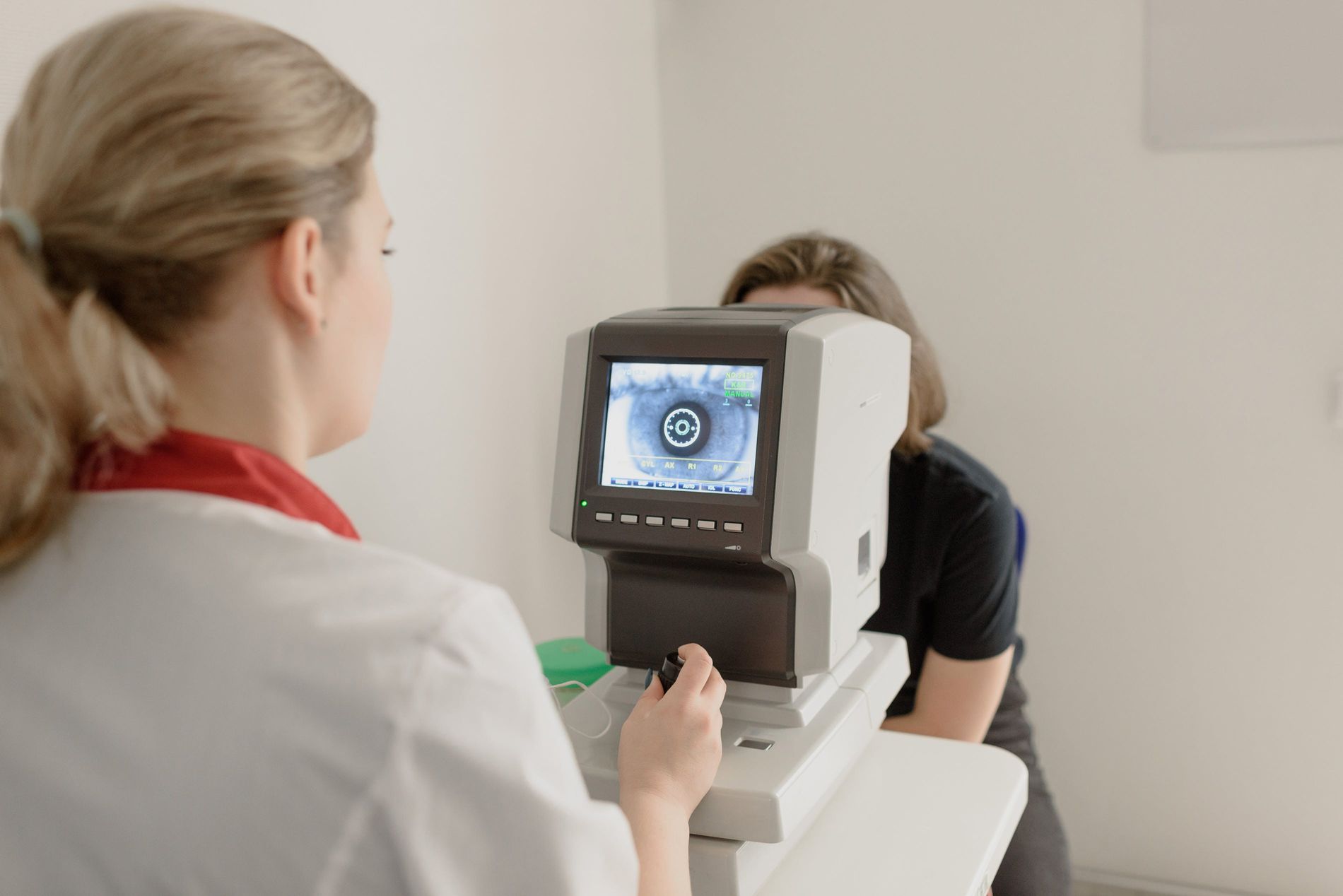Summary
Mathias et al.’s study describes the use of contrast-enhanced ultrasound (CEUS) to restore epicardial culprit artery patency and reduce microvascular obstruction, thereby salvaging myocardial tissue and preserving left ventricular (LV) function in patients with acute ST-segment elevation myocardial infarction (STEMI).
The study included patients who presented for the first time with a STEMI and were subsequently randomized to DUS. Of the 100 patients that qualified for inclusion, 30 were selected to be in the treatment group due to personnel logistics of performing the treatment protocol. These 30 patients were subdivided into a high acoustic energy DUS group (n = 20) and a low acoustic energy DUS group (n = 10). The other 70 patients served as the controls.
The treatment group exposed to high acoustic energy exhibited an epicardial coronary artery patency rate of 60% (n = 20), compared with 20% in the low acoustic energy group (n = 10) and 23% in the control group (n = 70). At 30 days post-therapy, there was an improvement in both microvascular perfusion and LV ejection fraction in the high acoustic energy treatment group. Concerning safety, the authors observed no clinically relevant hemodynamic changes or adverse/allergic reactions and the treatment did not interfere with the door to dilation time.
The authors successfully achieved their goals and introduced a potentially novel method for reducing time to microvascular reperfusion during a STEMI. Significantly, the protocol used did not delay or disrupt the standard clinical therapy protocols.
There were notable limitations of this study, including its small size and the use of a single clinical center; thus, larger, multicenter clinical trials will be required to validate the present findings. However, given the novel, pilot nature of the study, this is to be expected. Further, treated patients with Thrombolysis In Myocardial Infarction flow grades 2 and 3 were combined even though these anatomic markers serve as independent predictors of clinical outcomes (24). Other limitations include the absence of a control cohort (30-day follow-up group); this was acknowledged by the authors. However, using CEUS to monitor both microvascular perfusion and TIMI flow grades may prove to be a powerful predictor of ventricular function (25,26).
Despite the study limitations, the authors are to be commended for their unique approach to a common and potentially life-threatening problem—salvaging myocardial tissue during an acute infarction. Only time will tell whether this approach proves to be reproducible and generalizable, but the initial results are certainly promising.










